Understanding the Intrinsic Value of Biodiversity
Biodiversity is more than just a buzzword; it is the very fabric of life on Earth. When we talk about biodiversity, we are referring to the incredible variety of life forms that inhabit our planet, ranging from the smallest microorganisms to the largest mammals. This rich tapestry of life is crucial for maintaining the balance of our ecosystems, and it plays an essential role in supporting human existence. But why should we care? The answer lies in understanding the intrinsic value of biodiversity, which goes beyond mere numbers and statistics.
Imagine walking through a vibrant forest, where every leaf, flower, and creature contributes to a complex web of life. Each species has its role, whether it’s pollinating plants, decomposing organic matter, or providing food for others. This interconnectedness is vital for ecosystem stability, and when one species disappears, it can have a ripple effect that impacts countless others. In essence, biodiversity is the insurance policy for our planet, ensuring that ecosystems can withstand changes and recover from disturbances.
Moreover, biodiversity is not just about the environment; it has profound implications for our health, economy, and culture. For instance, a diverse ecosystem can produce a variety of crops, which not only supports food security but also offers nutritional benefits. Think about it: the more diverse our crops are, the better our diets can be. This diversity also provides resilience against pests and diseases, which is increasingly important in our changing climate.
From an economic standpoint, biodiversity is a powerhouse. It fuels industries such as agriculture, pharmaceuticals, and tourism, contributing significantly to global economies. For example, many medicines are derived from plants and animals that thrive in biodiverse environments. Preserving these species is not just an environmental issue; it's a matter of public health and economic stability. Understanding the economic value of biodiversity can motivate us to adopt sustainable practices, ensuring that we do not deplete the very resources that sustain us.
Lastly, we cannot overlook the cultural significance of biodiversity. Different cultures around the world have deep-rooted connections to their local ecosystems, which shape their identities, traditions, and practices. Biodiversity enriches our lives by providing aesthetic beauty, spiritual fulfillment, and recreational opportunities. Whether it's hiking in a national park or simply enjoying a garden, our connection to nature is enhanced by the diversity of life that surrounds us.
In summary, the intrinsic value of biodiversity is multi-faceted and deeply intertwined with our existence. It is essential for ecological balance, economic prosperity, and cultural richness. As stewards of this planet, it is our responsibility to protect and preserve biodiversity for future generations. By understanding and appreciating its importance, we can take meaningful steps towards conservation and sustainable living.
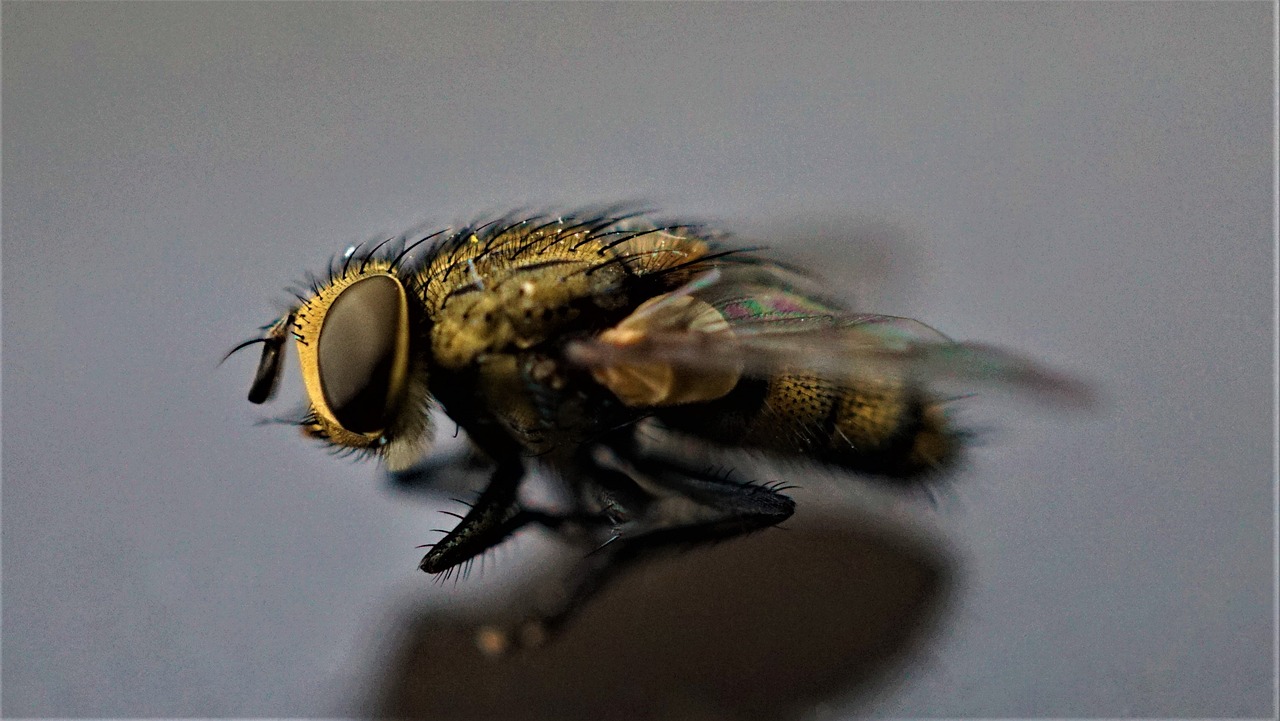
The Ecological Importance of Biodiversity
Biodiversity is not just a buzzword; it's the very fabric that holds our ecosystems together. Imagine a grand tapestry, where each thread represents a different species, from the tiniest microorganisms in the soil to the largest mammals roaming the forests. When we talk about biodiversity, we’re referring to this intricate web of life that supports essential ecological processes. Without it, our planet would be a mere shadow of its vibrant self.
One of the most significant roles of biodiversity is its ability to maintain ecosystem balance. Ecosystems are complex entities, and each species plays a specific role in maintaining this balance. For instance, plants produce oxygen and serve as the base of the food chain, while predators help control the populations of other species, preventing any one group from overwhelming the system. This balance is crucial for sustaining life on Earth, and any disruption can lead to catastrophic consequences.
Consider the process of nutrient cycling. This natural process involves the movement of nutrients through the environment, from the soil to plants and then to animals. Diverse ecosystems ensure that this cycle operates smoothly. For example, certain plants enrich the soil with nitrogen, making it more fertile for other species. If we lose these plants, we risk depleting the soil's nutrients, which can lead to reduced agricultural productivity and food shortages.
Moreover, biodiversity supports pollination, a vital process for the reproduction of many plants. Bees, birds, and various insects are essential for pollinating crops and wild plants alike. In fact, it’s estimated that one out of every three bites of food we consume depends on pollinators. Imagine a world without apples, almonds, or chocolate—this is the potential reality we face if we neglect the health of pollinator species.
Lastly, biodiversity contributes to habitat stability. Different species interact in ways that create a resilient ecosystem. For example, wetlands, which are rich in biodiversity, act as natural buffers against floods and help purify water. They provide habitats for a myriad of species and serve as crucial resources for human communities. The loss of biodiversity can lead to habitat degradation, making ecosystems more susceptible to the impacts of climate change and human activities.
In summary, the ecological importance of biodiversity cannot be overstated. It is the backbone of ecosystem health and stability. Protecting biodiversity is not just about saving the cute and cuddly animals; it’s about preserving the intricate systems that sustain life on our planet. So, the next time you see a bee buzzing around or a butterfly flitting from flower to flower, remember that these creatures are not just beautiful; they are essential to our survival.
- What is biodiversity? Biodiversity refers to the variety of life on Earth, including the different species of plants, animals, and microorganisms, as well as the ecosystems they form.
- Why is biodiversity important? Biodiversity is crucial for ecosystem stability, nutrient cycling, pollination, and habitat resilience, all of which support life on Earth.
- How does biodiversity affect agriculture? Diverse ecosystems enhance agricultural productivity by providing a variety of crops and natural pest control, ensuring food security and resilience against climate challenges.
- What can we do to protect biodiversity? We can protect biodiversity by supporting conservation efforts, reducing pollution, and promoting sustainable practices in our daily lives.
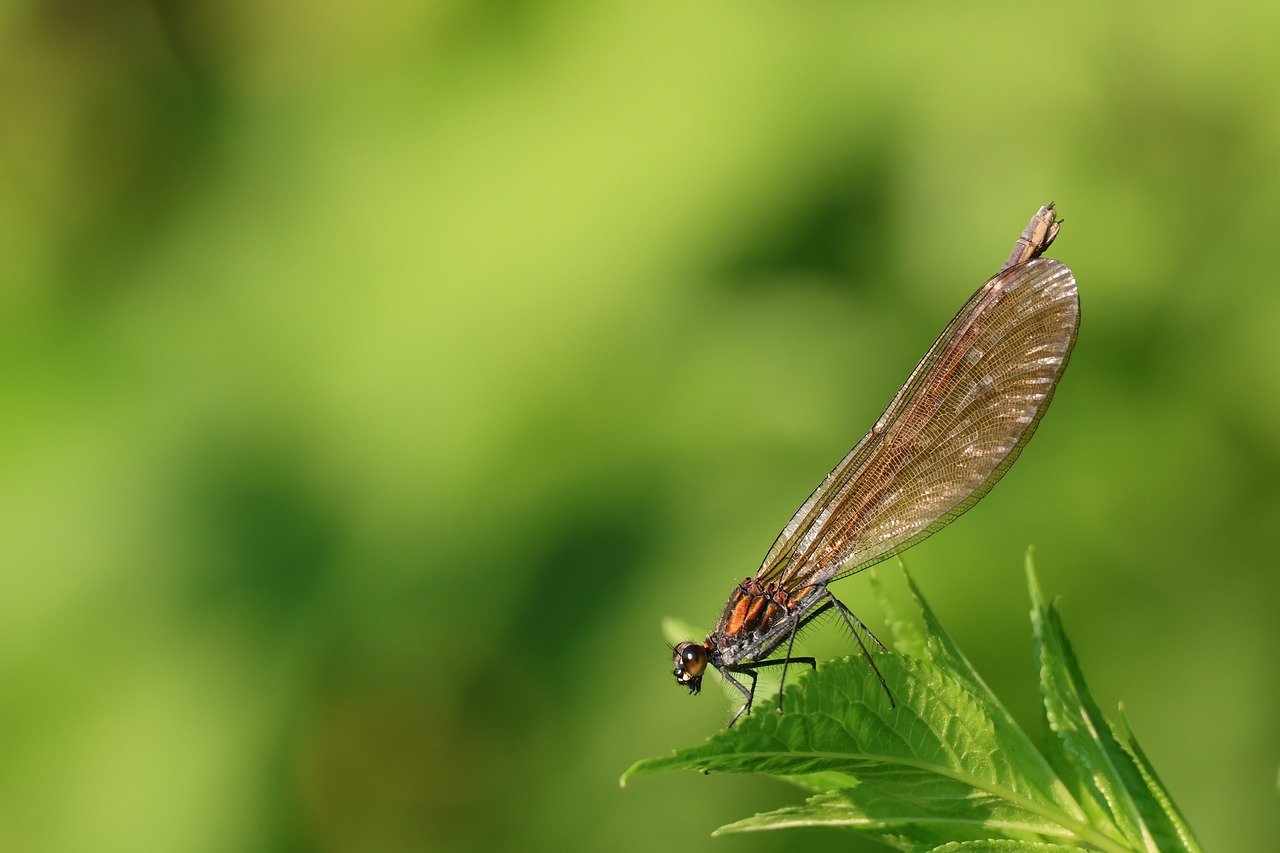
The Economic Benefits of Biodiversity
Biodiversity is not just a buzzword; it's a vital component of our economy that often goes unnoticed. Imagine a world without the rich variety of plants, animals, and microorganisms; it would be like a painter trying to create a masterpiece with just a few colors. The **economic benefits** of biodiversity are vast and multifaceted, impacting various sectors such as agriculture, pharmaceuticals, and tourism. By understanding these benefits, we can foster conservation efforts that not only protect our planet but also enhance human livelihoods.
One of the most significant ways biodiversity contributes to the economy is through **agriculture**. Diverse ecosystems are the backbone of agricultural productivity. They provide a wide array of crops, which translates to a more resilient food supply. For instance, when farmers cultivate multiple crop varieties, they are better equipped to face challenges like climate change and pest outbreaks. This adaptability is essential for ensuring food security in a world where population growth and environmental stressors are on the rise.
Furthermore, biodiversity plays a crucial role in **natural pest control**. In a thriving ecosystem, predator-prey relationships help keep pest populations in check. This means farmers can rely less on chemical pesticides, which not only reduces costs but also promotes healthier ecosystems. By embracing biodiversity, farmers can create a more sustainable agricultural system that benefits both their wallets and the environment.
In addition to agriculture, biodiversity is the source of many **pharmaceuticals**. A staggering number of medicines are derived from natural compounds found in various species. For example, the rosy periwinkle plant has been instrumental in treating certain types of cancer. By preserving biodiversity, we ensure that we continue to have access to these natural resources, which are critical for medical advancements. The loss of a single species could mean the loss of potential breakthroughs in medicine that could save countless lives.
Finally, the **tourism industry** thrives on biodiversity. Ecotourism, which focuses on experiencing natural environments, has become a significant source of income for many countries. Tourists flock to national parks and wildlife reserves, drawn by the allure of unique ecosystems and the chance to see diverse species in their natural habitats. This influx of visitors not only generates revenue but also raises awareness about the importance of conserving these precious ecosystems.
In summary, the economic benefits of biodiversity are undeniable. By investing in conservation and sustainable practices, we can ensure that the rich tapestry of life on Earth continues to thrive, providing us with food, medicine, and experiences that enrich our lives. It's essential to recognize that when we protect biodiversity, we are also safeguarding our economic future. The interdependence of nature and economy is a relationship that must be nurtured for the benefit of all.
- What is biodiversity? Biodiversity refers to the variety of life on Earth, including the different species of plants, animals, and microorganisms, as well as the ecosystems they form.
- How does biodiversity contribute to the economy? Biodiversity supports agriculture, pharmaceuticals, and tourism, providing essential resources and services that drive economic growth.
- Why is preserving biodiversity important? Preserving biodiversity is crucial for maintaining ecosystem balance, ensuring food security, and supporting medical advancements.
- What can individuals do to help protect biodiversity? Individuals can help protect biodiversity by supporting conservation efforts, reducing waste, and being mindful of their consumption choices.
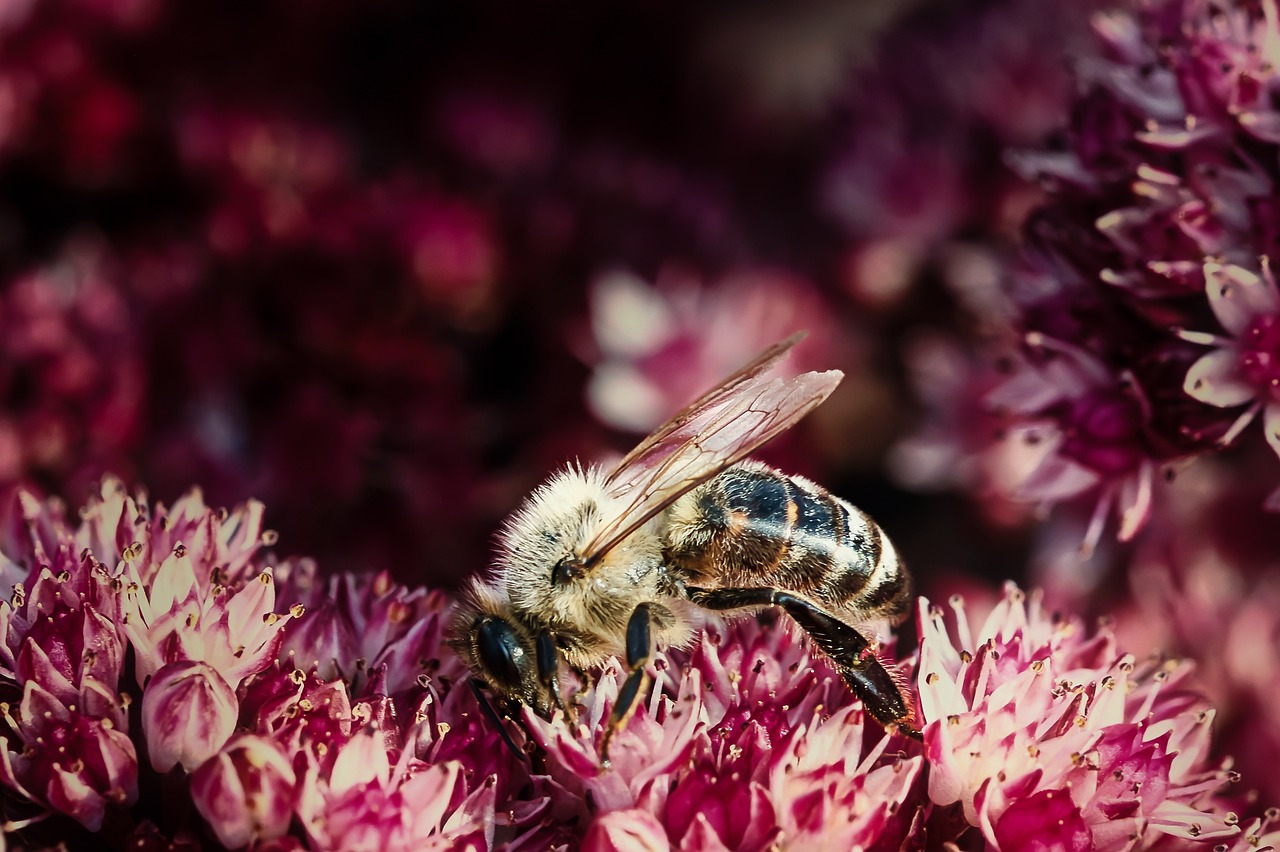
Biodiversity and Agriculture
Biodiversity is the backbone of agriculture, and its significance cannot be overstated. Imagine a world where every farmer had access to a variety of crops, each uniquely suited to withstand different climates, pests, and diseases. This is not just a dream; it’s the reality that biodiversity creates. By fostering a wide range of plant and animal species, farmers can enhance their productivity and resilience. This diversity acts like a safety net, ensuring that if one crop fails due to disease or adverse weather, others can still thrive, providing a steady food supply.
One of the most crucial aspects of biodiversity in agriculture is crop diversity. When farmers grow multiple types of crops, they are not only safeguarding their harvests but also improving the nutritional quality of the food they produce. For instance, a diverse farm can yield fruits, vegetables, and grains that cater to different dietary needs. This variety is essential for food security, especially in the face of climate change. As weather patterns become increasingly unpredictable, having a range of crops can mean the difference between feast and famine.
Additionally, biodiversity plays a vital role in natural pest control. Instead of relying solely on chemical pesticides, farmers can benefit from the natural relationships between species. For example, certain plants attract beneficial insects that prey on harmful pests. This ecological balance reduces the need for synthetic chemicals, promoting a healthier environment and safer food production. By embracing biodiversity, farmers can cultivate not just crops, but also a sustainable ecosystem that supports life.
| Benefits of Biodiversity in Agriculture | Description |
|---|---|
| Enhanced Resilience | Diverse crops can withstand various environmental stresses, ensuring stable food production. |
| Improved Nutrition | A variety of crops leads to a more balanced diet, enhancing community health. |
| Natural Pest Management | Encouraging natural predators reduces the reliance on harmful pesticides. |
| Soil Health | Diverse root systems improve soil structure and nutrient cycling. |
In conclusion, embracing biodiversity in agriculture is not just an environmental choice; it's a smart economic strategy. By cultivating diverse ecosystems, farmers can secure their livelihoods and contribute to the health of our planet. As we face the challenges of a changing climate and a growing population, the importance of biodiversity in agriculture will only continue to rise. So, let’s celebrate and protect the rich tapestry of life that sustains us all!
- What is biodiversity? Biodiversity refers to the variety of life on Earth, including the different species of plants, animals, and microorganisms, as well as the ecosystems they form.
- How does biodiversity benefit agriculture? Biodiversity enhances agricultural productivity, resilience, and sustainability by providing a variety of crops and natural pest control, which can lead to better food security.
- Why is crop diversity important? Crop diversity helps to mitigate risks from pests, diseases, and climate change, ensuring a stable food supply and improving nutritional quality.
- What role does biodiversity play in pest control? Biodiversity supports natural pest control mechanisms, where beneficial insects and organisms help manage pest populations, reducing the need for chemical pesticides.
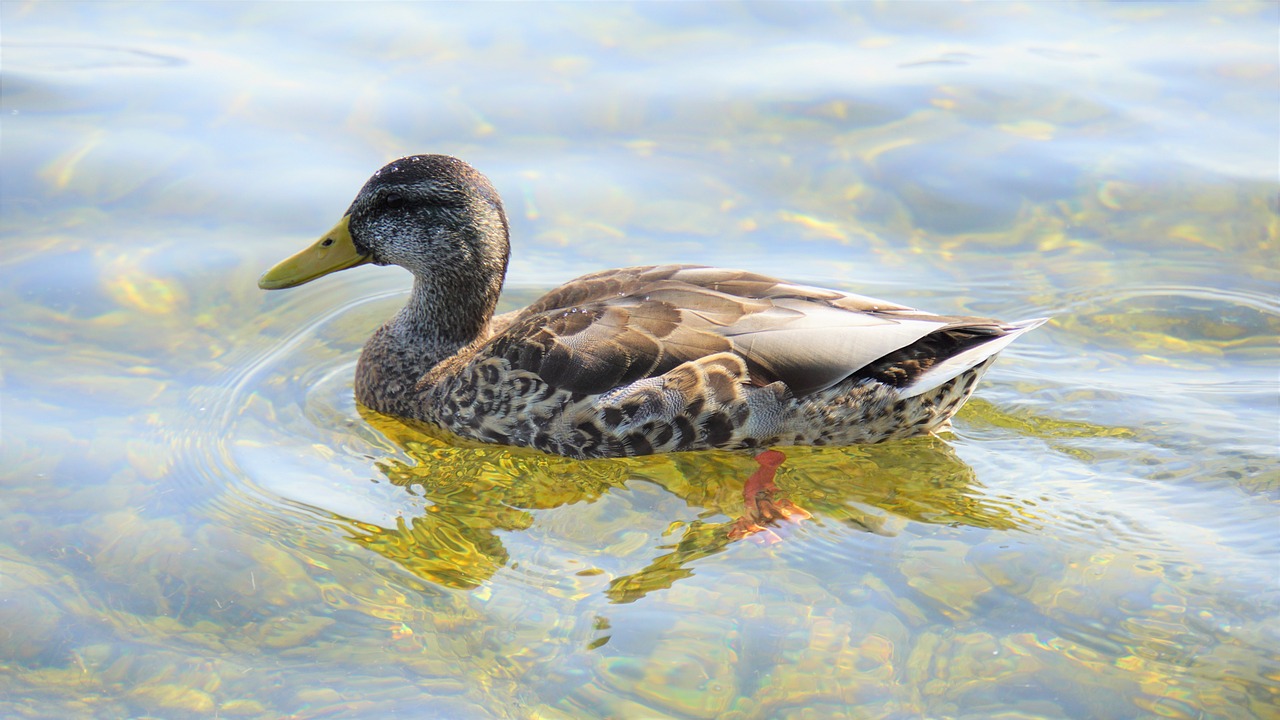
Crop Diversity
The concept of is not just a buzzword in agricultural circles; it’s a fundamental principle that underpins the resilience and sustainability of our food systems. Imagine walking through a vibrant farmers' market where the colors of fruits and vegetables are as diverse as the cultures that cultivate them. This rich tapestry of crops is vital for several reasons, and understanding its importance can help us appreciate the food we eat and the ecosystems we rely on.
Firstly, crop diversity enhances agricultural productivity. By planting a variety of crops, farmers can create a more stable and productive farming system. This variety acts like a safety net; if one crop fails due to disease or adverse weather conditions, others may thrive. For instance, while a drought might devastate corn, beans or millet could still yield a good harvest. This interdependence among crops is crucial for ensuring food security, especially as climate change poses new challenges to agriculture.
Moreover, crop diversity significantly contributes to nutritional quality. Different crops provide different nutrients, and a diverse diet is essential for human health. A mix of grains, fruits, and vegetables can provide a wider range of vitamins and minerals, which is particularly important in regions where access to varied foods is limited. For example, incorporating colorful vegetables like carrots, spinach, and peppers not only makes meals visually appealing but also boosts their nutritional value.
Additionally, crop diversity plays a critical role in natural pest control. When farmers grow multiple types of crops, they create habitats for various beneficial insects and organisms that help control pest populations naturally. This means less reliance on chemical pesticides, which can harm the environment and human health. For instance, planting flowers alongside crops can attract pollinators and predatory insects that keep harmful pests in check. This method not only promotes a healthier ecosystem but also contributes to safer food production.
To illustrate the benefits of crop diversity, consider the following table that highlights different crops and their advantages:
| Crop Type | Benefits |
|---|---|
| Legumes (e.g., beans, lentils) | Fix nitrogen in the soil, improving fertility |
| Root Vegetables (e.g., carrots, potatoes) | Provide essential carbohydrates and vitamins |
| Leafy Greens (e.g., spinach, kale) | Rich in iron, calcium, and antioxidants |
| Fruits (e.g., apples, berries) | Source of vitamins, fiber, and natural sugars |
In summary, crop diversity is not merely an agricultural strategy; it’s a vital component of our food systems that enhances productivity, nutritional quality, and environmental health. By embracing a variety of crops, we not only safeguard our food sources but also promote a healthier planet. As we move forward, it’s essential to recognize the value of crop diversity and advocate for practices that support it, ensuring a sustainable future for generations to come.
- Why is crop diversity important for food security? Crop diversity helps mitigate risks associated with climate change and pests, ensuring a stable food supply.
- How does crop diversity benefit the environment? It promotes biodiversity, enhances soil health, and reduces the need for chemical inputs.
- Can crop diversity improve nutrition? Yes, a variety of crops provides a wider range of nutrients essential for human health.
- What are some examples of crops that enhance biodiversity? Legumes, grains, fruits, and vegetables all contribute to a diverse agricultural ecosystem.
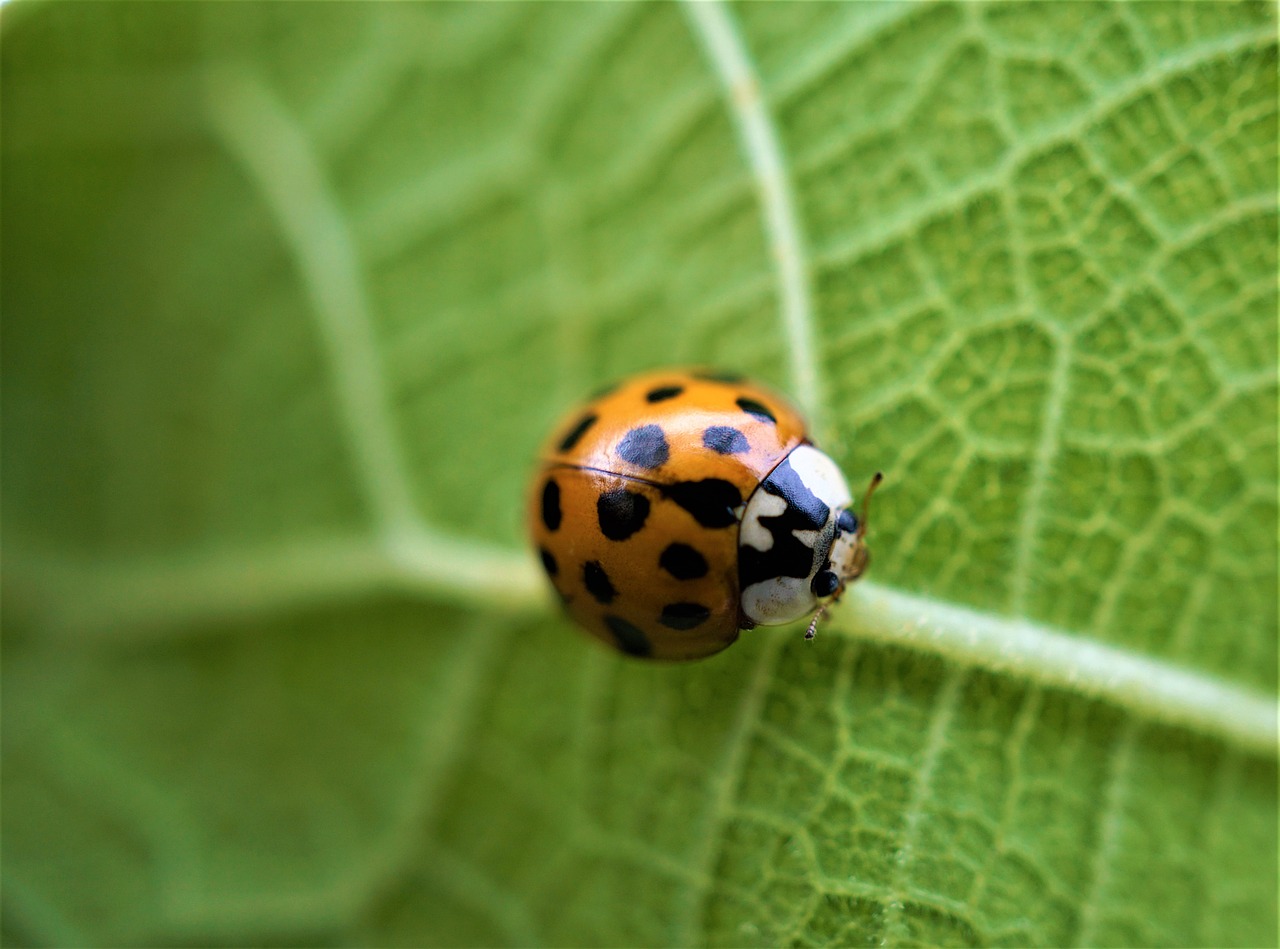
Natural Pest Control
When we think about the term "pest control," our minds often jump to chemical sprays and harsh toxins. However, the world of offers a much more sustainable and eco-friendly approach to managing pests. Imagine walking through a lush garden, where the vibrant colors of flowers and the buzzing of bees create a harmonious atmosphere, all while nature takes care of itself. This is the beauty of biodiversity in action!
Natural pest control hinges on the intricate web of relationships among various species. For instance, predators such as ladybugs and lacewings feast on aphids, which are notorious for damaging crops. By fostering a diverse ecosystem, farmers can harness these natural relationships to keep pest populations in check without resorting to harmful chemicals. This not only promotes a healthier environment but also leads to safer food production for consumers.
One of the most fascinating aspects of natural pest control is the concept of biological control. This method involves introducing or enhancing the presence of natural predators to manage pest populations. For example, farmers might introduce parasitic wasps that lay their eggs in caterpillars, effectively controlling the caterpillar population without any negative impact on the surrounding ecosystem. The table below illustrates some common natural pest control agents and the pests they target:
| Natural Pest Control Agent | Pest Targeted |
|---|---|
| Ladybugs | Aphids |
| Lacewings | Aphids, caterpillars |
| Parasitic Wasps | Caterpillars, whiteflies |
| Nematodes | Soil-dwelling pests |
Furthermore, creating habitats that attract beneficial insects is a simple yet effective strategy for enhancing natural pest control. Planting a variety of flowers that bloom at different times of the year can provide food and shelter for these helpful insects, promoting a balanced ecosystem. Not only does this approach reduce the need for chemical pesticides, but it also contributes to the overall health of the soil, water, and air.
However, it’s essential to recognize that natural pest control is not a one-size-fits-all solution. Each ecosystem is unique, and what works in one area may not be effective in another. This is where understanding local biodiversity becomes crucial. Farmers and gardeners should take the time to observe their surroundings and identify the specific pests and beneficial species present in their environment. By doing so, they can tailor their pest management strategies to fit their unique circumstances.
In conclusion, embracing through biodiversity not only protects crops but also nurtures the environment. By fostering a diverse array of species, we can create a self-sustaining system that benefits both nature and humanity. So, the next time you’re in your garden or walking through a field, take a moment to appreciate the intricate dance of life happening all around you. Who knew that a little help from nature could go such a long way?
- What is natural pest control? Natural pest control involves using natural predators and ecological practices to manage pest populations instead of chemical pesticides.
- How can I promote natural pest control in my garden? You can promote natural pest control by planting a variety of flowers, creating habitats for beneficial insects, and avoiding chemical pesticides.
- Are there any risks associated with natural pest control? While generally safe, introducing non-native species can sometimes disrupt local ecosystems, so it’s important to research and choose the right natural predators.
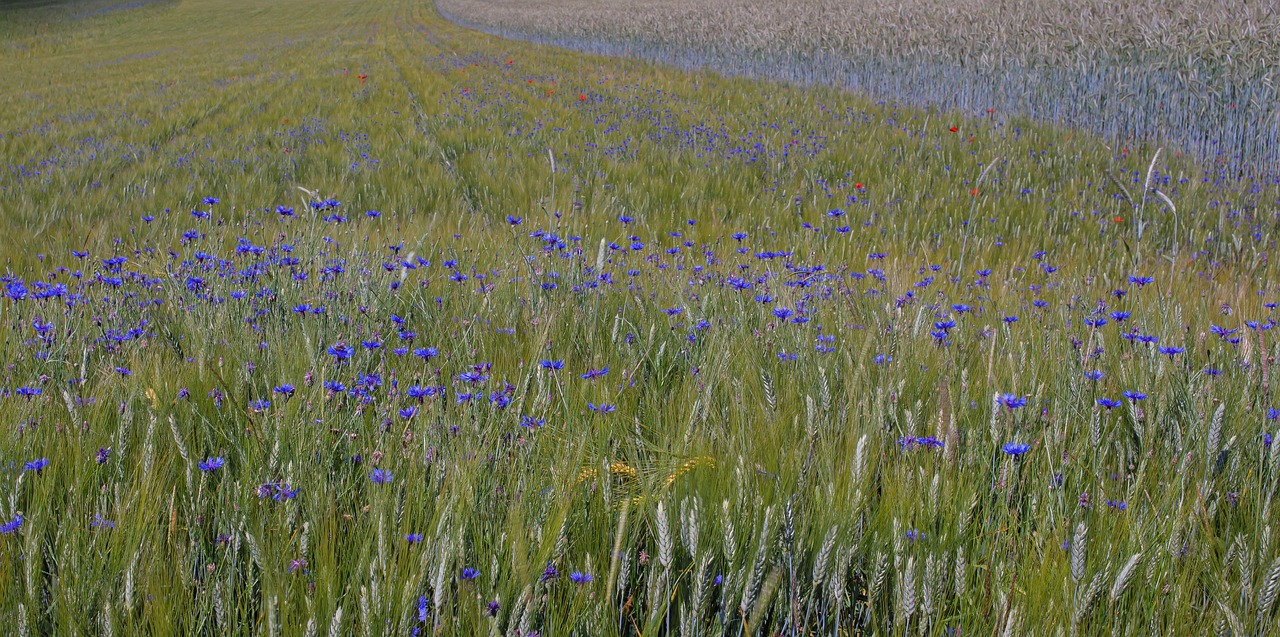
Biodiversity and Medicine
Biodiversity is not just a fancy term thrown around in environmental discussions; it is a vital lifeline for the medical field. Imagine wandering through a lush rainforest, where every plant and creature plays a role in the grand tapestry of life. This rich diversity is a treasure trove for medicine, providing us with countless natural compounds that have the potential to heal and save lives. In fact, many of the medicines we rely on today have been derived from plants and animals that thrive in biodiverse ecosystems.
For instance, did you know that over 50% of modern medicines are derived from natural sources? This includes everything from the pain reliever aspirin, which was originally extracted from willow bark, to the powerful cancer treatment taxol, sourced from the Pacific yew tree. The intricate relationships within ecosystems often lead to the discovery of new compounds that can be harnessed for medical advancements. This is why preserving biodiversity is not merely an environmental concern; it is a matter of public health.
Moreover, the potential for future medical breakthroughs is staggering. Scientists estimate that there are still countless species yet to be discovered, many of which could hold the key to treating diseases that currently have no cure. As we continue to explore the depths of biodiversity, we may find solutions to pressing health issues such as antibiotic resistance, chronic diseases, and even emerging viral infections.
It's essential to recognize that biodiversity also plays a role in the development of traditional medicine. Indigenous cultures have long utilized local flora and fauna for healing purposes, often with remarkable success. Their deep understanding of the natural world can provide invaluable insights into the pharmacological properties of various species. By integrating traditional knowledge with modern science, we can develop more effective and sustainable medical practices.
To illustrate the connection between biodiversity and medicine, consider the following table that highlights some key medicinal compounds derived from various species:
| Medicinal Compound | Source Species | Medical Use |
|---|---|---|
| Aspirin | Willow Bark | Pain relief, anti-inflammatory |
| Taxol | Pacific Yew Tree | Cancer treatment |
| Quinine | Cincona Tree | Treatment for malaria |
| Digoxin | Foxglove Plant | Heart conditions |
As you can see, the link between biodiversity and medicine is profound and multifaceted. Each species lost to extinction could represent a lost opportunity for humanity to discover the next great medical breakthrough. Therefore, protecting biodiversity is not just about saving animals and plants; it’s about safeguarding our health and future. So, the next time you hear about a conservation initiative, remember that it could very well be a step towards the next life-saving drug.
- Why is biodiversity important for medicine? Biodiversity provides a vast array of natural compounds that can lead to the development of new medicines and treatments.
- How many medicines are derived from plants? Over 50% of modern medicines come from natural sources, including plants and animals.
- What role does traditional knowledge play in medicine? Indigenous cultures possess valuable insights into the medicinal properties of local species, which can enhance modern medical practices.
- What happens if we lose biodiversity? Losing biodiversity can hinder medical discoveries and limit our ability to treat diseases effectively.
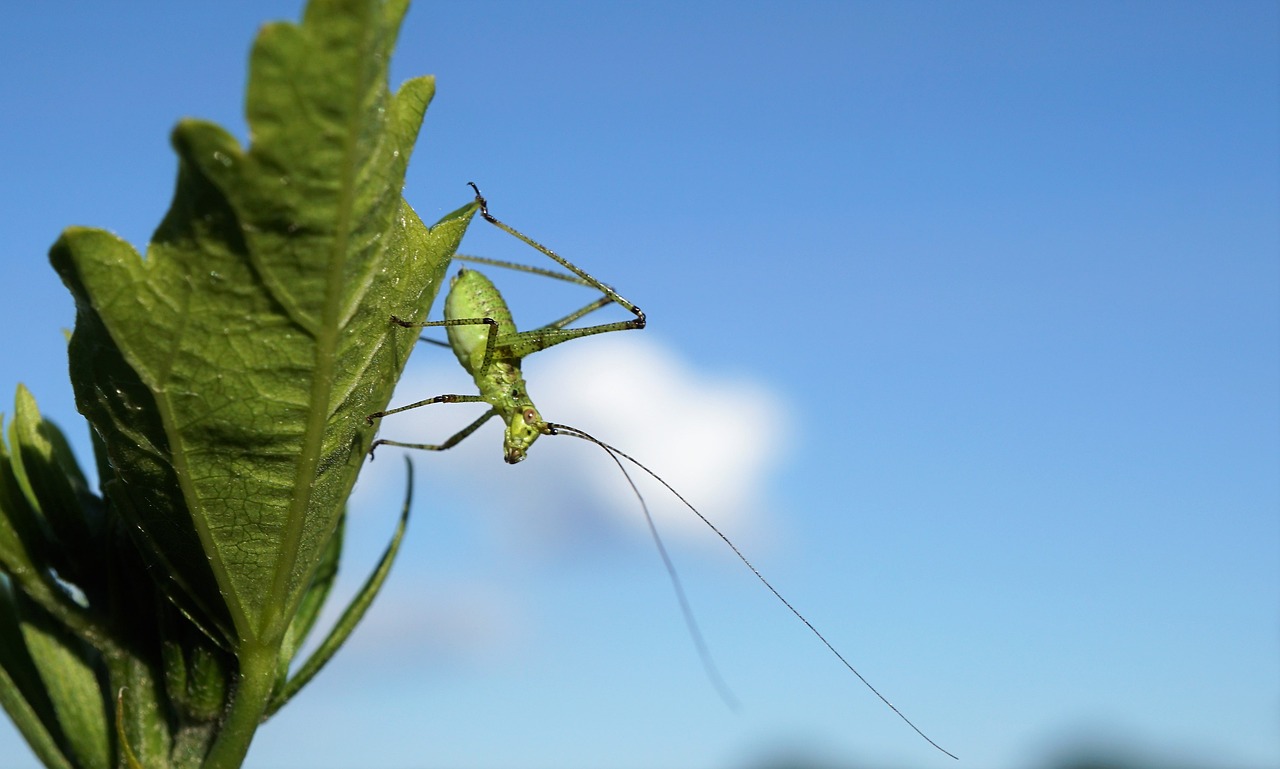
The Cultural Significance of Biodiversity
Biodiversity is not just a collection of living organisms; it's a vibrant tapestry that weaves together the threads of our cultures, traditions, and identities. The natural world offers us a wealth of experiences that shape our understanding of life and foster a profound connection to the environment. Imagine standing in a lush forest, the sun filtering through the leaves, or walking along a pristine beach, the sound of waves crashing in the background. These moments not only provide joy but also enrich our cultural narratives and spiritual beliefs.
Throughout history, various cultures have developed a deep appreciation for the biodiversity surrounding them. This appreciation is often reflected in art, folklore, and religious practices. For instance, many indigenous communities view certain plants and animals as sacred, integral to their cultural identity and spiritual practices. This connection to nature fosters a sense of stewardship, encouraging sustainable practices that preserve both biodiversity and cultural heritage.
Moreover, biodiversity plays a pivotal role in shaping local economies and lifestyles. Many communities rely on natural resources for their livelihoods, from fishing to foraging for wild plants. These practices not only support economic stability but also promote a rich cultural heritage that is passed down through generations. The knowledge of how to sustainably harvest resources is often embedded in traditional practices, highlighting the importance of intergenerational wisdom.
In addition to its economic and spiritual significance, biodiversity also provides recreational opportunities that enhance our quality of life. Natural landscapes serve as playgrounds for adventure seekers and serene retreats for those seeking peace. Activities such as hiking, birdwatching, and nature photography not only foster a love for the outdoors but also inspire artistic expression. Artists often draw inspiration from the beauty of diverse ecosystems, creating works that celebrate the richness of our planet.
To illustrate the cultural significance of biodiversity, consider the following table that outlines various ways different cultures engage with biodiversity:
| Culture | Engagement with Biodiversity | Example |
|---|---|---|
| Indigenous Cultures | Spiritual practices and traditional knowledge | Sacred plants used in rituals |
| Local Communities | Resource management and sustainable harvesting | Fishing practices that respect breeding seasons |
| Artists and Writers | Inspiration for creative works | Nature-themed paintings and literature |
As we move forward, it is essential to recognize and celebrate the cultural significance of biodiversity. By doing so, we not only honor the traditions and knowledge of those who came before us but also ensure that future generations can enjoy and appreciate the beauty of our planet. In a world increasingly dominated by urbanization and technology, reconnecting with nature can provide a much-needed balance, fostering a sense of belonging and purpose.
- Why is biodiversity important for cultural identity? Biodiversity shapes our cultural narratives, traditions, and spiritual beliefs, creating a sense of belonging and connection to the environment.
- How do indigenous cultures contribute to biodiversity conservation? Indigenous communities possess valuable knowledge about local ecosystems and often practice sustainable resource management, helping to preserve biodiversity.
- What role does biodiversity play in art and recreation? Natural landscapes inspire artistic expression and provide recreational opportunities that enhance our quality of life and foster a love for the outdoors.
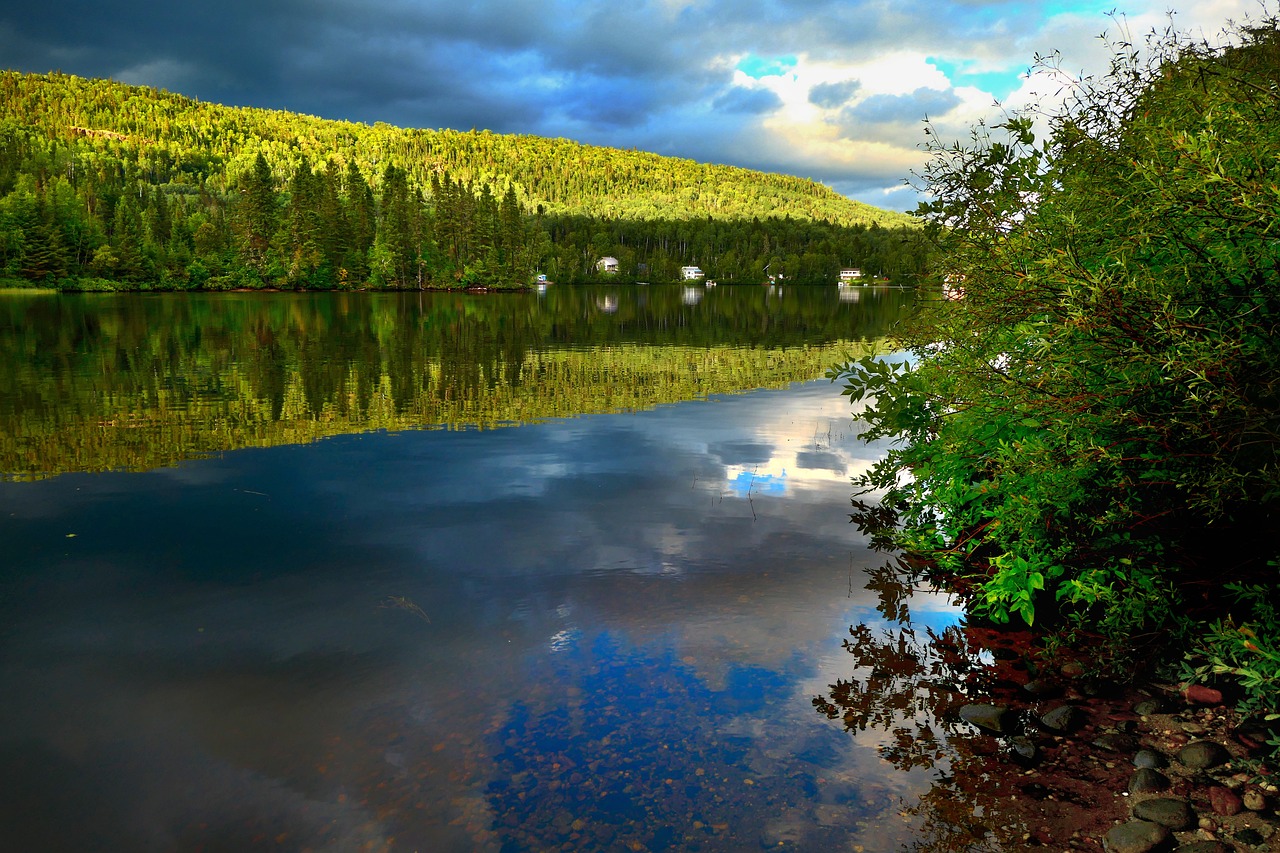
Traditional Knowledge and Biodiversity
Traditional knowledge about biodiversity is often a treasure trove of insights, passed down through generations, particularly among Indigenous cultures. These communities have cultivated a profound understanding of their local ecosystems, recognizing the interconnectedness of all living things. This knowledge encompasses not only the identification of various species but also their uses, behaviors, and the roles they play in the environment. It's like having a detailed map of nature that guides sustainable practices and conservation efforts.
One of the key aspects of traditional knowledge is its holistic approach to resource management. Indigenous peoples often view the environment as a living entity, deserving of respect and care. This perspective leads to sustainable practices that have been honed over centuries, ensuring that resources are used wisely and preserved for future generations. For instance, many Indigenous communities employ rotational farming techniques, allowing land to regenerate and maintain its health. This is a stark contrast to modern agricultural practices that can deplete soil and biodiversity.
Moreover, traditional ecological knowledge (TEK) contributes to biodiversity conservation in several ways:
- Species Conservation: Indigenous knowledge can help identify endangered species and the specific conditions required for their survival.
- Habitat Restoration: Traditional practices often include methods for restoring degraded habitats, which can be invaluable in current conservation efforts.
- Climate Resilience: Indigenous communities have adapted to changing climates over time, and their strategies can inform broader climate adaptation efforts.
In many cases, this knowledge is not just about survival; it’s about fostering a deep spiritual connection with the land. Rituals and traditions often celebrate the biodiversity that surrounds these communities, reinforcing the idea that humans are just one part of a larger ecological tapestry. This cultural significance cannot be overstated, as it shapes identities and lifestyles, emphasizing the importance of preserving both biodiversity and the traditional knowledge that accompanies it.
However, the erosion of biodiversity poses a significant threat to this traditional knowledge. As species disappear and ecosystems are disrupted, the intricate relationships that Indigenous peoples have cultivated with their environment are also at risk. This loss is not just a tragedy for those communities; it affects global biodiversity and the potential for future generations to learn from these invaluable insights.
In conclusion, traditional knowledge and biodiversity are intertwined in a way that highlights the importance of cultural heritage in conservation efforts. By valuing and integrating this knowledge into modern practices, we can foster a more sustainable relationship with our planet. It’s a call to action for everyone—whether you’re a policymaker, a scientist, or simply a concerned citizen—to recognize the wisdom of Indigenous cultures and work collaboratively to protect the rich tapestry of life on Earth.
- What is traditional ecological knowledge (TEK)? TEK refers to the understanding and insights gained by Indigenous peoples through generations of interaction with their environment, encompassing practices that promote sustainability and conservation.
- How does traditional knowledge contribute to biodiversity conservation? Traditional knowledge provides valuable insights into species conservation, habitat restoration, and climate resilience, which can enhance modern conservation strategies.
- Why is it important to preserve traditional knowledge? Preserving traditional knowledge is crucial for maintaining biodiversity, cultural heritage, and sustainable practices that benefit both the environment and local communities.
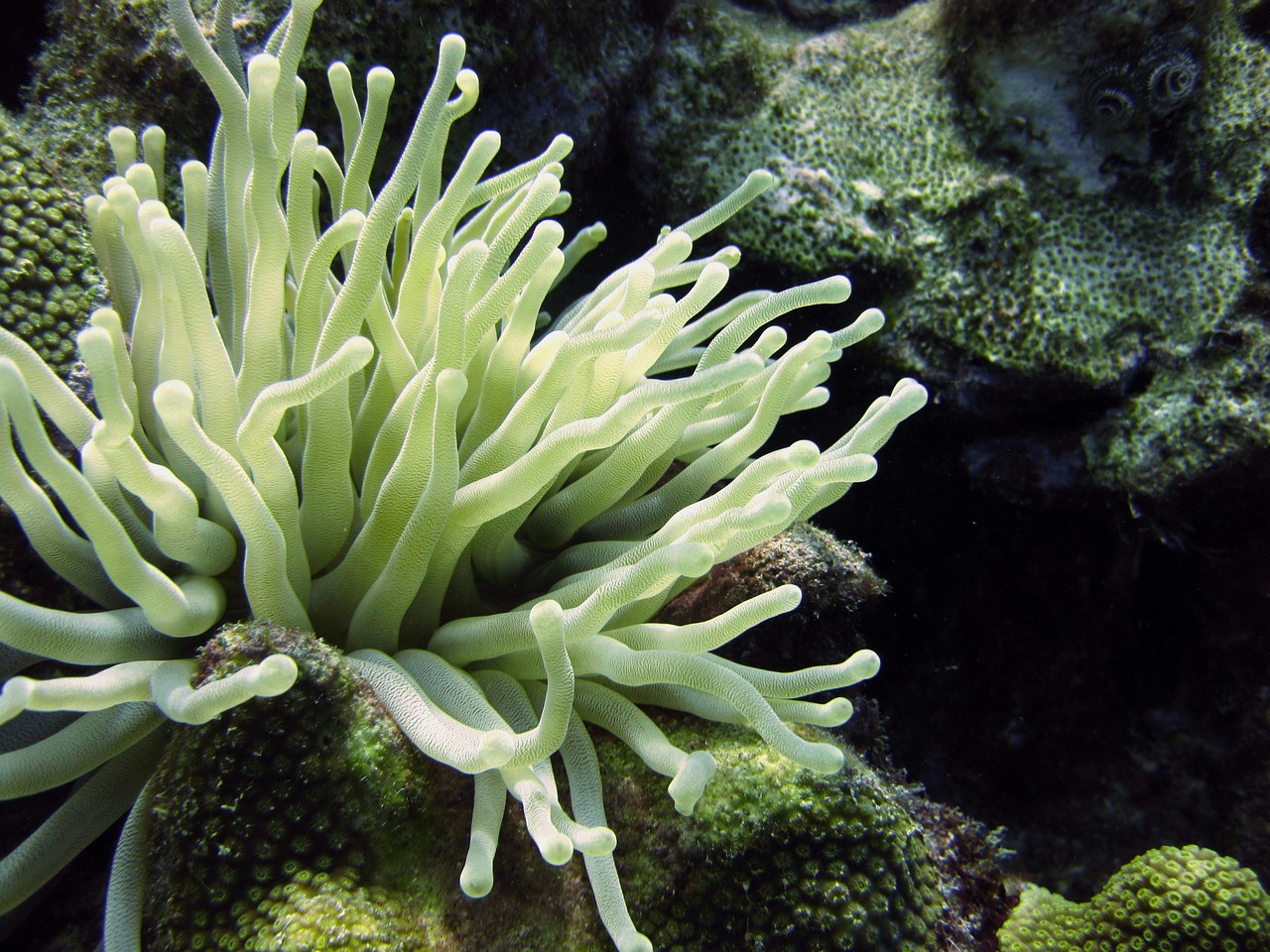
Recreational and Aesthetic Value
The recreational and aesthetic value of biodiversity is something that resonates deeply with many of us. Think about the last time you took a leisurely stroll through a lush forest or spent a weekend camping by a serene lake. The sights, sounds, and even the smells of nature can evoke feelings of peace and joy that are hard to replicate elsewhere. Biodiversity enriches our lives in ways that go beyond mere enjoyment; it offers a canvas for our experiences and a backdrop for our adventures.
From hiking in the mountains to birdwatching in wetlands, the variety of ecosystems and species provides countless opportunities for recreation. These activities not only promote physical health but also mental well-being. Studies have shown that spending time in nature can reduce stress, enhance mood, and even improve cognitive function. Just imagine the thrill of spotting a rare bird or the tranquility of watching a sunset over a biodiverse landscape. Such experiences are not just fleeting moments; they are integral to our overall quality of life.
Moreover, biodiversity serves as a source of inspiration for artists, writers, and musicians. Nature has been a muse for countless masterpieces throughout history. The vibrant colors of a coral reef, the intricate patterns on a butterfly's wings, or the majestic presence of a towering tree can spark creativity and innovation. When we preserve biodiversity, we are not just safeguarding ecosystems; we are also protecting the cultural expressions that arise from our connection to the natural world.
Here’s a quick look at how biodiversity contributes to recreational and aesthetic experiences:
- Outdoor Activities: Hiking, camping, fishing, and birdwatching are just a few examples of activities that rely on diverse ecosystems.
- Artistic Inspiration: Nature's beauty fuels creativity in various forms, from painting to poetry.
- Community Engagement: Biodiverse areas often become focal points for community events, fostering social bonds.
In essence, the aesthetic and recreational value of biodiversity is not just about enjoying the beauty of nature; it's about recognizing the profound impact it has on our lives. By ensuring that our natural environments remain rich and diverse, we are investing in our own happiness and well-being. The more we appreciate the intricate web of life around us, the more likely we are to advocate for its protection, ensuring that future generations can also revel in the wonders of our planet.
- Why is biodiversity important for recreation? Biodiversity provides diverse ecosystems that offer a variety of recreational activities, enhancing our physical and mental well-being.
- How does nature inspire art? The beauty and complexity of nature serve as a muse for artists, influencing various forms of creative expression.
- What can I do to help preserve biodiversity? You can support local conservation efforts, reduce waste, and engage in sustainable practices to protect natural habitats.
Frequently Asked Questions
- What is biodiversity and why is it important?
Biodiversity refers to the variety of life on Earth, including different species of plants, animals, and microorganisms. It is crucial because it helps maintain ecosystem balance, supports essential processes like nutrient cycling and pollination, and contributes to the overall health of our planet.
- How does biodiversity impact agriculture?
Biodiversity enhances agricultural productivity by providing a wider range of crops and natural pest control. This diversity not only ensures food security but also makes farming systems more resilient to climate change and diseases, which is vital for sustainable agriculture.
- Can biodiversity contribute to medical advancements?
Absolutely! Many pharmaceuticals are derived from natural compounds found in diverse species. Preserving biodiversity is essential for ongoing medical discoveries and the development of new treatments, making it a key player in healthcare advancements.
- What are the economic benefits of biodiversity?
Biodiversity contributes significantly to economies through sectors such as agriculture, pharmaceuticals, and tourism. Understanding its economic value can promote conservation efforts and sustainable practices that benefit both nature and human livelihoods, creating a win-win situation.
- How does biodiversity enrich cultural experiences?
Biodiversity adds aesthetic, spiritual, and recreational value to cultures and societies. It fosters a deep connection to nature and enhances the quality of life for communities worldwide, allowing people to enjoy and appreciate the beauty of the natural world.
- What role does traditional knowledge play in biodiversity conservation?
Indigenous cultures often possess invaluable knowledge about local biodiversity. This traditional knowledge is essential for sustainable resource management and conservation practices that respect both nature and cultural heritage, ensuring a holistic approach to biodiversity preservation.
- Why should we care about preserving biodiversity for future generations?
Preserving biodiversity ensures that future generations can enjoy the rich variety of life and the benefits it provides, from food security to medical advancements and cultural experiences. It's about leaving a vibrant, thriving planet for those who come after us.



















